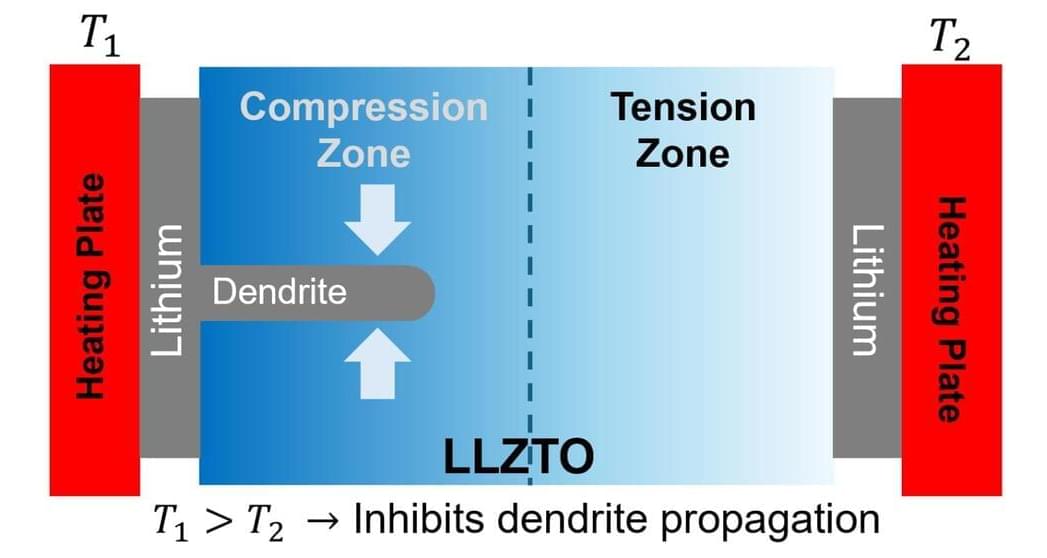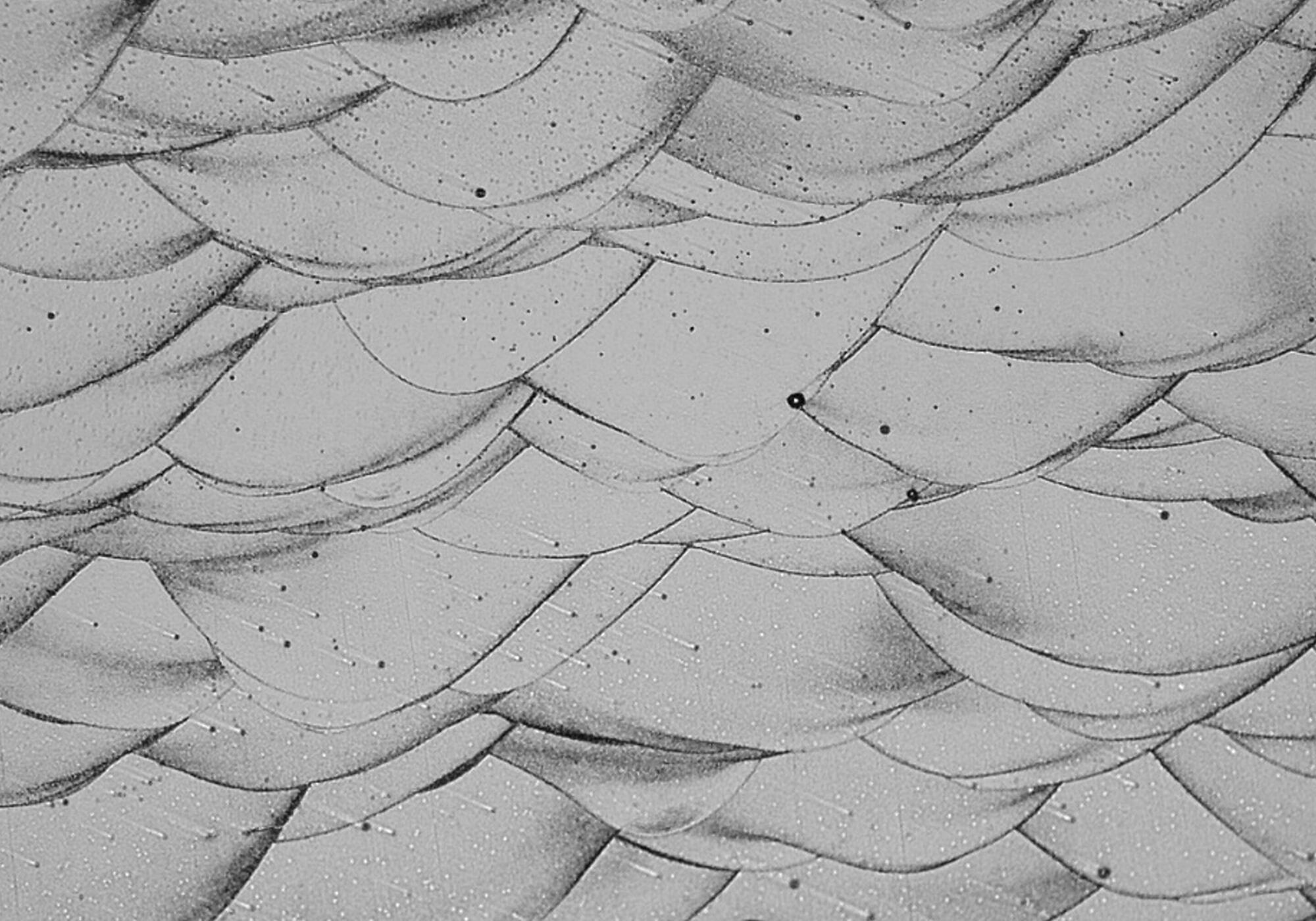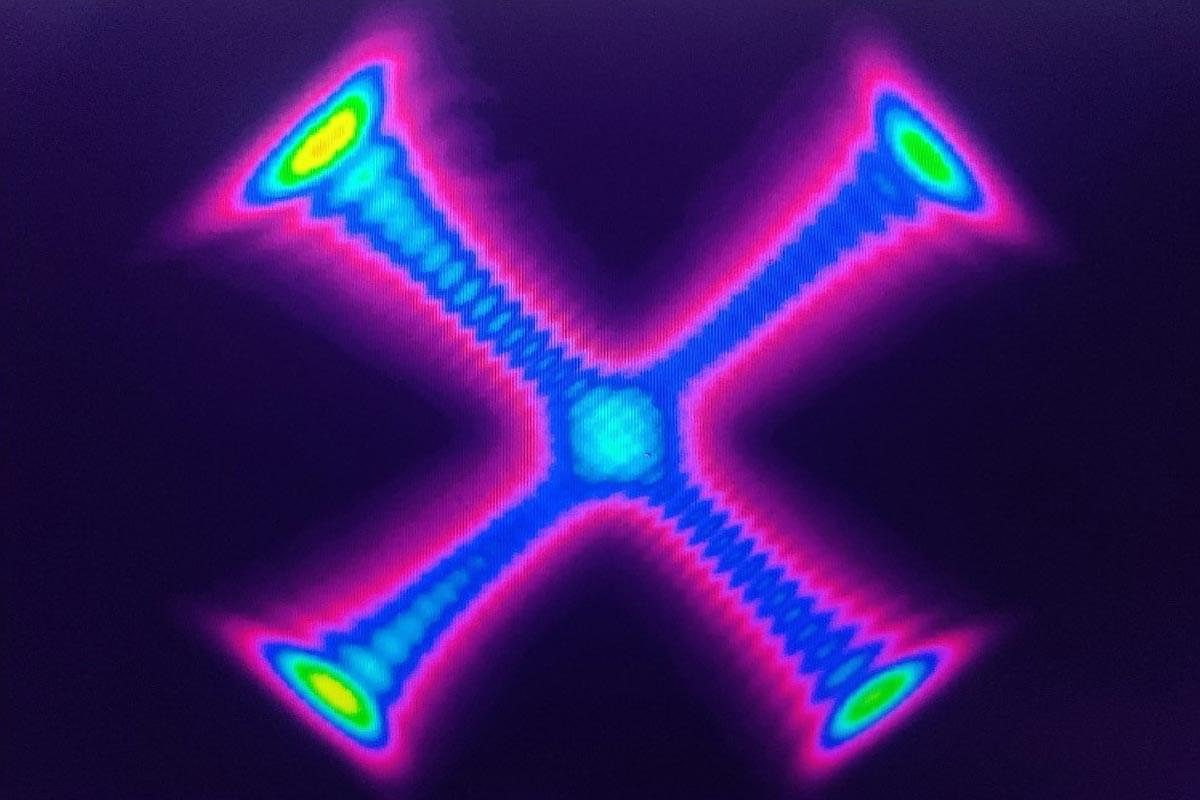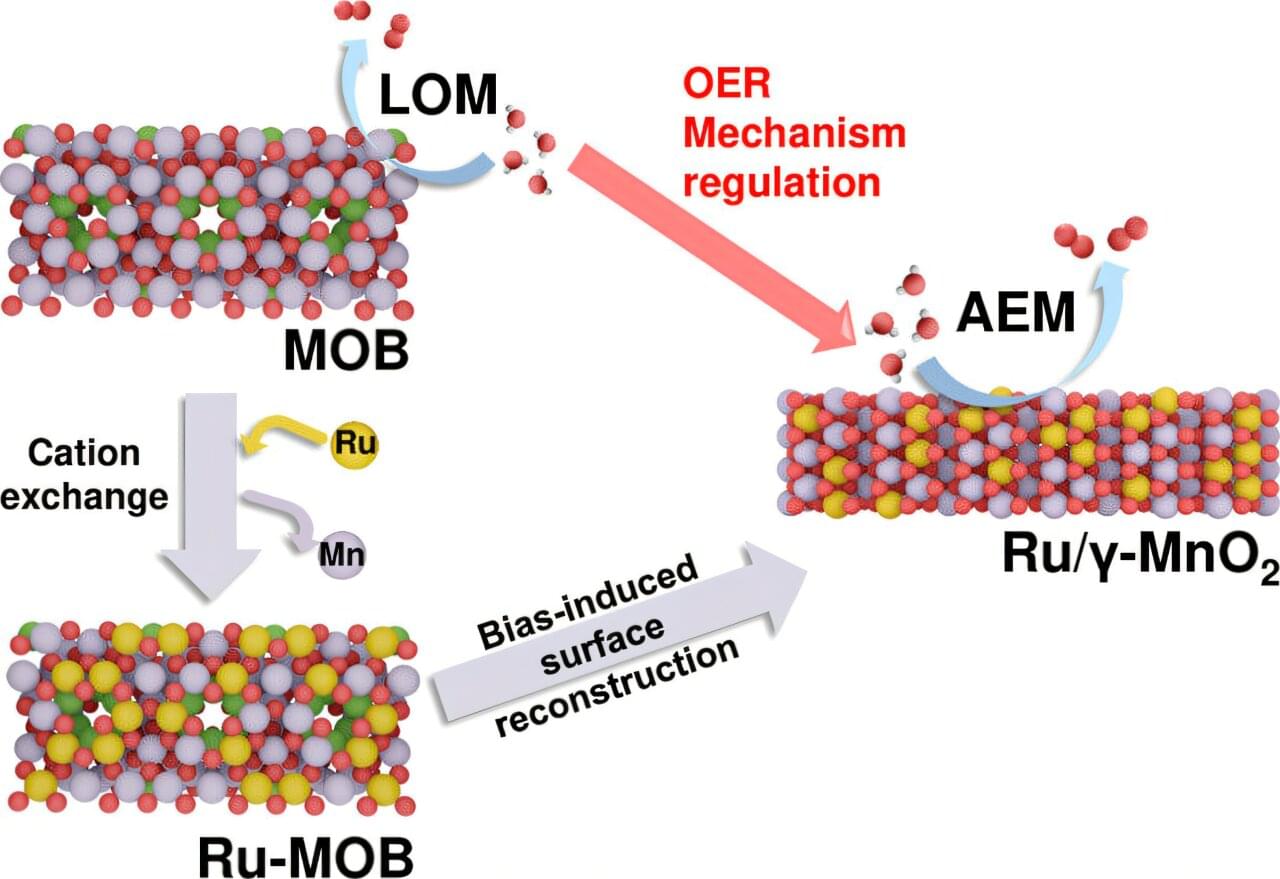Researchers have identified a key reason why the batteries used to power everything from smartphones to electric vehicles deteriorate over time, a critical step toward building faster, more reliable and longer-lasting batteries.
The research team from The University of Texas at Austin, Northeastern University, Stanford University and Argonne National Laboratory found that every cycle of charge and discharge causes batteries to expand and contract, similar to human breathing. This action causes battery components to warp just a tiny amount, putting strain on the battery and weakening it over time. This phenomenon, known as chemomechanical degradation, leads to reduced performance and lifespan.
The findings are published in the journal Science.








